Histones are part of the cell nuclei. Their presence is a distinguishing feature between unicellular organisms (bacteria) and multicellular organisms (humans, animals or plants). Very few bacterial strains have proteins that are similar to histones. Evolution has produced histones in order to accommodate the very long DNA chain, also known as genetic material, better and more effectively in the cells of higher living things. Because if the human genome were unwound, it would be approx. 1-2 m long, depending on the cell stage in which a cell is.
What are histones?
In more highly developed organisms, histones occur in the cell nuclei and have a high proportion of positively charged amino acids (especially lysine and arginine). Histone proteins are divided into five main groups - H1, H2A, H2B, H3, and H4. The amino acid sequences of the four groups H2A, H2B, H3 and H4 hardly differ between different living beings, while there are more differences for H1, a connecting histone. In the case of the nucleus-containing red blood cells of birds, H1 has even been completely replaced by another main histone group, called H5.
The great similarity of the sequences in most histone proteins means that in most organisms the "packaging" of the DNA happens in the same way and the resulting three-dimensional structure is equally effective for the function of the histones. In the course of evolution, the development of histones must have happened very early and must have been maintained even before mammals or humans emerged.
Anatomy & structure
As soon as a new DNA chain is formed from individual bases (called nucleotides) in a cell, it has to be "packaged". For this purpose, histone proteins dimerize, which then each form two tetramers. Finally, a histone core consists of two tetramers, the histone octamer, around which the DNA strand is wrapped and partially penetrates. The histone octamer is thus located in the three-dimensional structure within the twisted DNA strand.
The eight histone proteins with the DNA around them form the entire complex of a nucleosome. The area of DNA between two nucleosomes is called linker DNA and comprises around 20-80 nucleotides. Linker DNA is responsible for DNA "entering" and "leaving" the histone octamer. A nucleosome thus consists of approx. 146 nucleotides, a linker DNA portion and eight histone proteins, so that the 146 nucleotides wrap 1.65 times around the histone octamer.
Furthermore, each nucleosome is associated with an H1 molecule, so that the entry and exit points of the DNA are held together by the connecting histone and the compactness of the DNA increases. A nucleosome has a diameter of around 10-30 nm. Many nucleosomes form chromatin, a long DNA-histone chain that looks like a string of pearls under the electron microscope. The nucleosomes are the "pearls" that are surrounded or connected by the string-like DNA.
A number of non-histone proteins support the formation of the individual nucleosomes or that of the entire chromatin, which ultimately forms the individual chromosomes if a cell is to divide. Chromosomes are the maximum type of compression of chromatin and can be recognized by light microscopy during the nucleus division of a cell.
Function & tasks
As mentioned above, histones are basic proteins with a positive charge, so they interact with the negatively charged DNA through electrostatic attraction. The DNA "wraps" around the histone octamers so that the DNA becomes more compact and fits into the nucleus of each cell. The H1 has the function of compressing the higher-level chromatin structure and mostly prevents transcription and thus translation, i.e. the translation of this DNA part into proteins via an mRNA.
Depending on whether the cell is "resting" (interphase) or dividing, the chromatin is less or more strongly condensed, i.e. packed. In the interphase, large parts of the chromatin are less condensed and can therefore be transcribed into mRNAs, i.e. read and later translated into proteins. Histones regulate the gene activity of individual genes in their vicinity and allow the transcription and the creation of mRNA strands.
When a cell begins to divide, the DNA is not translated into proteins, but distributed evenly between the two daughter cells that are created. The chromatin is therefore strongly condensed and additionally stabilized by the histones. The chromosomes become visible and can be distributed to the newly emerging cells with the help of many other non-histone proteins.
Diseases
Histones are essential in the creation of a new living being. If, due to mutations in the histone genes, one or more of the histone proteins cannot be formed, this organism is not viable and further development is stopped prematurely. This is mainly due to the high sequence conservation of histones.
However, it has been known for some time that in children and adults with various malignant brain tumors, mutations can occur in the various histone genes of the tumor cells. Mutations in the histone genes have been described above all in so-called gliomas. Elongated chromosome tails have also been discovered in these tumors. These end sections of the chromosomes, called telomeres, are normally responsible for the longevity of the chromosomes. In this context, it appears that the elongated telomeres in the tumors with histone mutations give these degenerated cells a survival advantage.
In the meantime, other types of cancer are known that have mutations in the various histone genes and thus produce mutated histone proteins that do not or only poorly perform their regulatory tasks. These findings are currently being used to develop forms of therapy for particularly malignant and aggressive tumors.

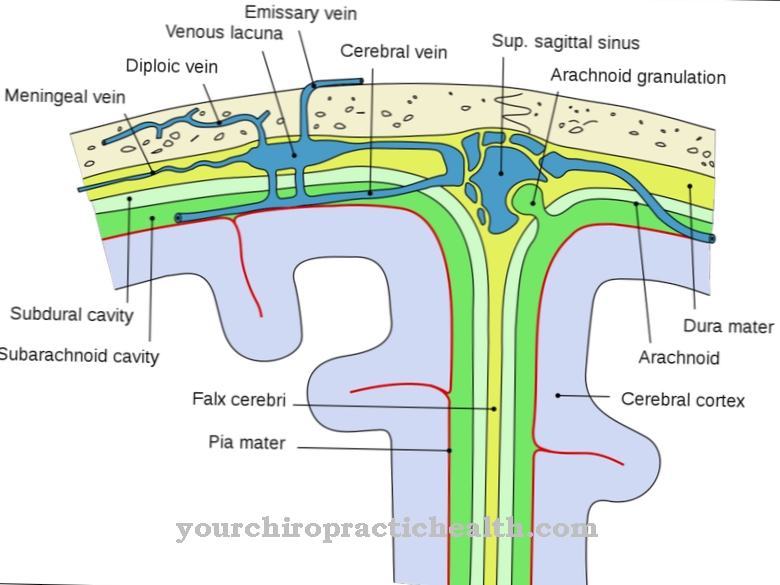
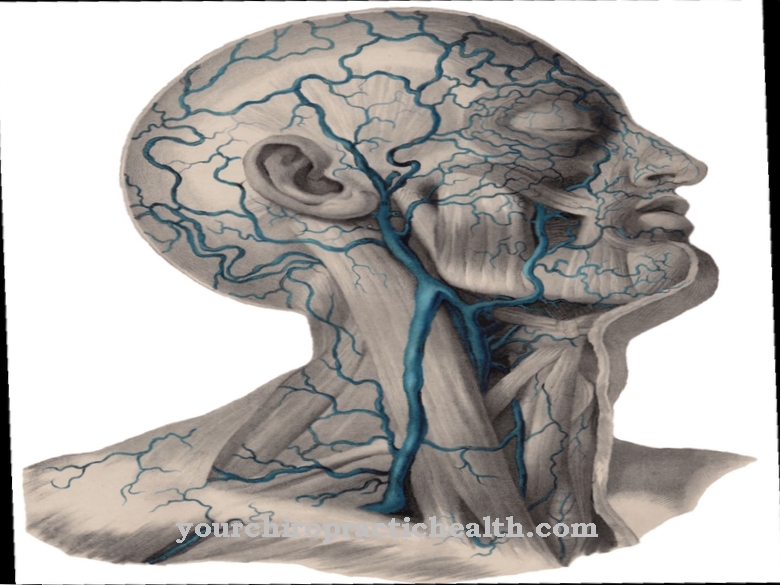
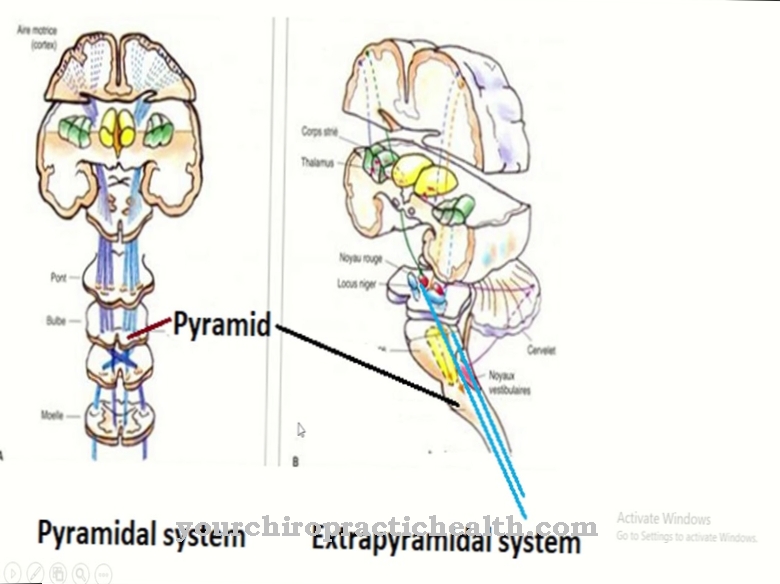
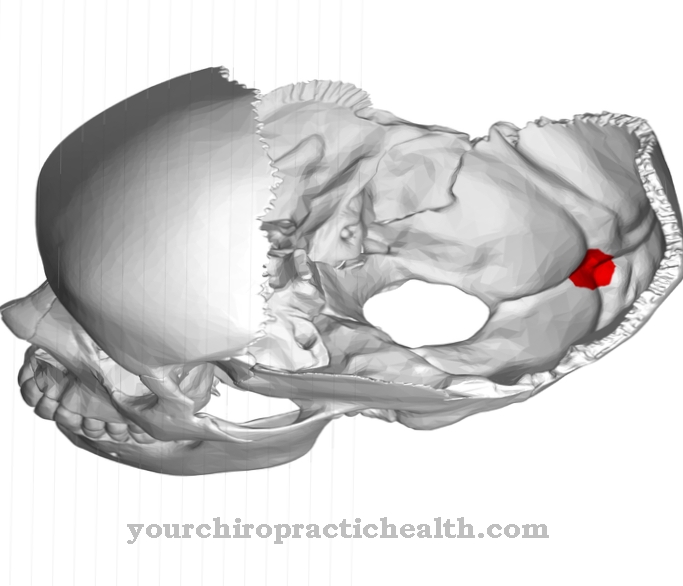

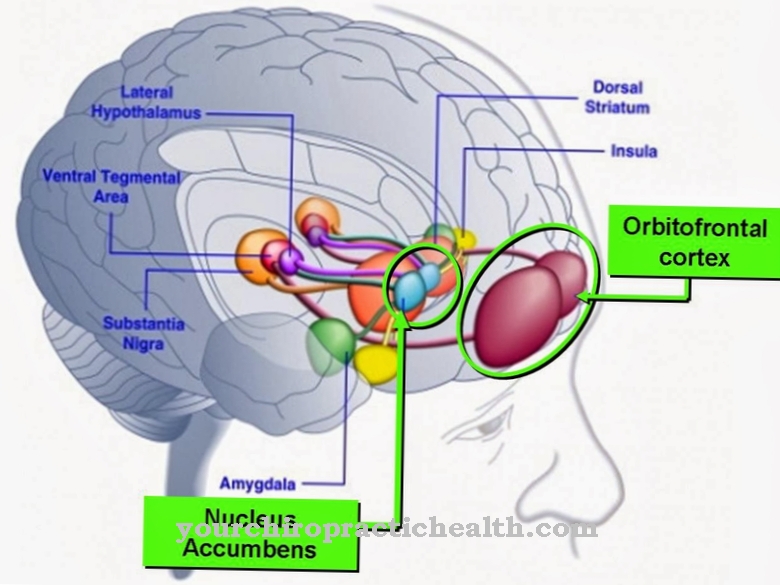








.jpg)
.jpg)



.jpg)






